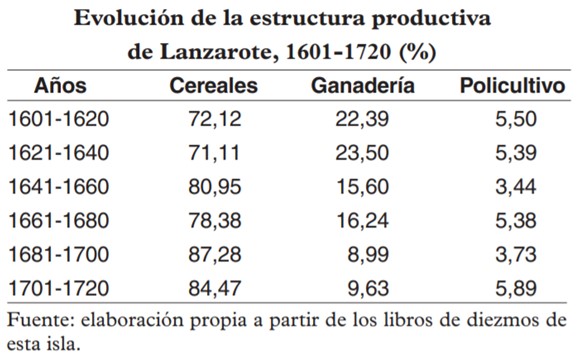From the first half of the 16th century onwards, the University of Salamanca provided accommodation for students who would be tutored by a bachelor so that the young people could progress in their studies while having basic aspects such as food, religious education and board covered.
Not all the boarding schools were of the same social category and did not pay the same price, but it is clear from the figures that the great majority came from privileged social groups with economic possibilities. Parents would commission this boarding as an investment in order to make their children more profitable for them.
As opposed to this complete boarding school, other models emerged, such as the governorship or the camaristas, with more economically accessible services because each one covered their needs with the amounts they could contribute, and not a fixed rate for all of them, with the cost of maintenance being approximately 65% of the total.
Collection: Statistics
Project: 4. Family, daily life and social inequality in Europe.
Chronology: XVI, XVII
Scope: Secondary Education, Baccalaureate, University, Postgraduate
Link: https://revistas.usal.es/index.php/Studia_Historica/article/view/4555
Resource type: Statistics
Format: Table
Source: Rodríguez-San Pedro, L. E. (1983). "Pupilajes, gobernaciones y casas de estudiantes en Salamanca (1590-1630)", en Studia historica. Historia moderna, nº 1, p. 196.
Language: Spanish
Date: 1983
Owner: Roberto José Alcalde López (Modernalia)
Copyright: ©Studia historica. Historia moderna ©Luis Enrique Rodríguez-San Pedro Bezares
Abstract: Table showing the cost of pupillage at eight points in time between 1595 and 1628
Tags






